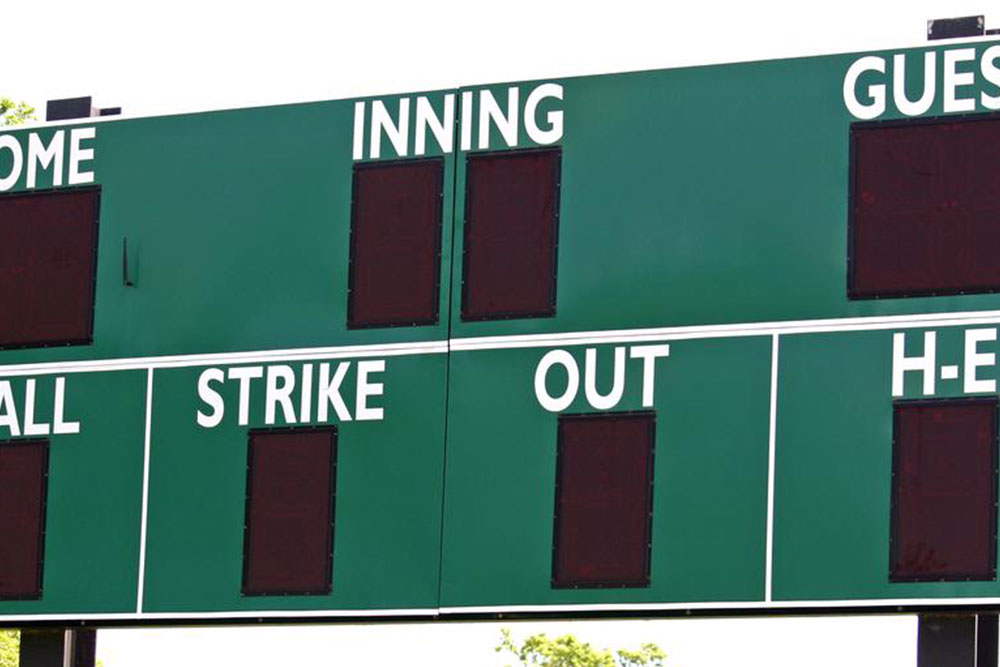Tips for reading baseball scoreboards
Baseball is one of the most exciting games to watch. But it’s not all that fun if you fail to understand the scoreboard. We often have people around us who might be able to track the scorecard and are constantly nagging us for help during the entire game. Well, if you are the one that nags then this article will help you understand baseball scoreboards better, and if you are the one facing the music, maybe you can get your friends to read this.

Here is a set of pointers that can improve your understanding of the baseball scorecards:
- The runs scored in the innings will always be a part of the scoreboard, they are generally located next to the name of the team. The numbers 1-10 indicate the innings that the runs are being scored in. For example, if there is a 4 below 1 in the visitor’s section, then it means they scored 4 runs in that inning. You must also note that a run is counted only when a player completes his run (covering all the four bases).
- The total of all the runs scored in the 10 innings will be the final score for the team. The runs from all the innings are added to make the final score for the team. The team scoring the highest number of runs at the end of all innings wins the game.
- The visitor’s team always holds the first horizontal row of the scoring, while the home team holds the bottom position. The away team is on top as they always bat first in a baseball game.
- The “H” and “E” next to the “R”, indicated the total number of hits and errors made by the player at the base.
- The number next to the strike denotes the number of strikes the pitcher has made against this particular batter. A batter is out if there are three strikes made against him.
- The pitch count indicates the number of players that have taken pitch in the entire game for the home team as well as the visitor’s team. The number next to the “V” is for the visitors while the number next to the “H” is for the home team.
- The “OUT” indicates the number of players that have been dismissed by the pitcher. The pitcher can dismiss a hitter by making three strikes or if one of the fielders catches the ball before it hits the turf.